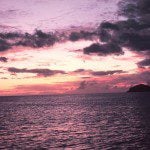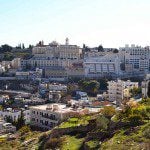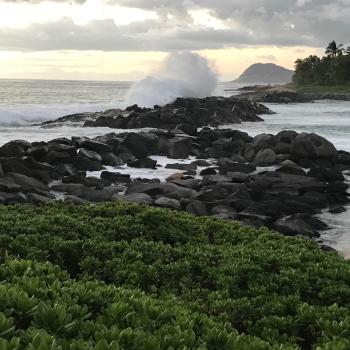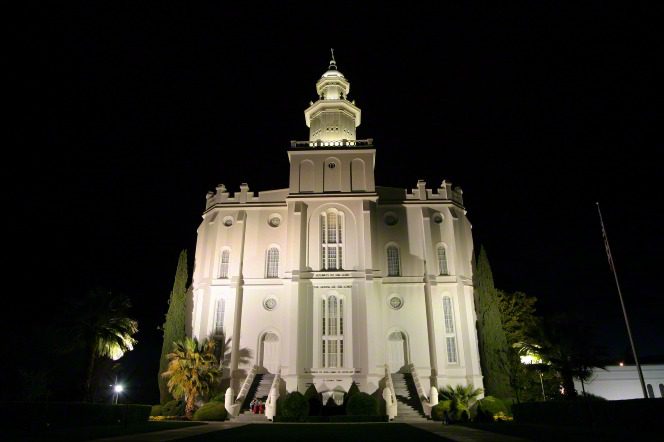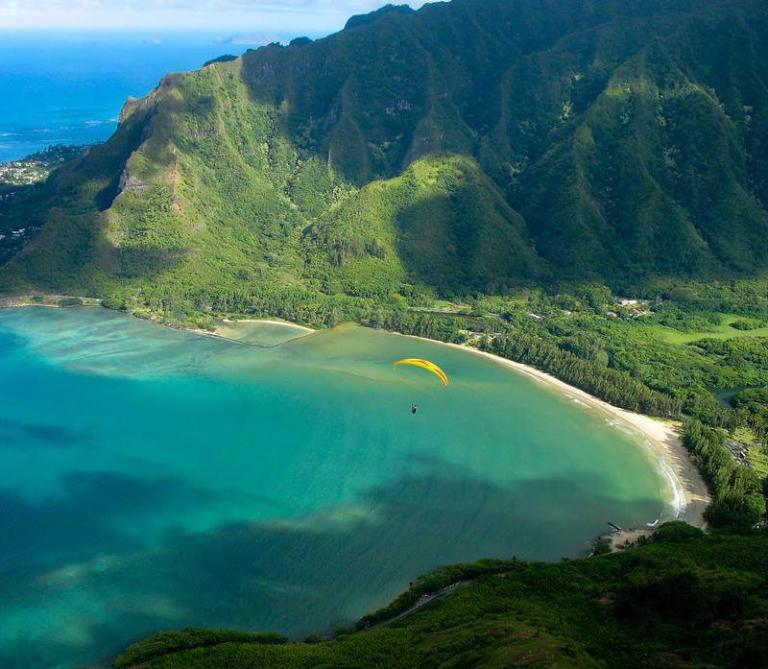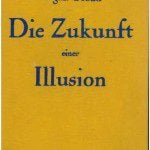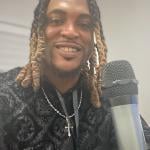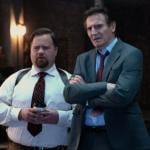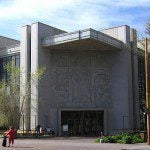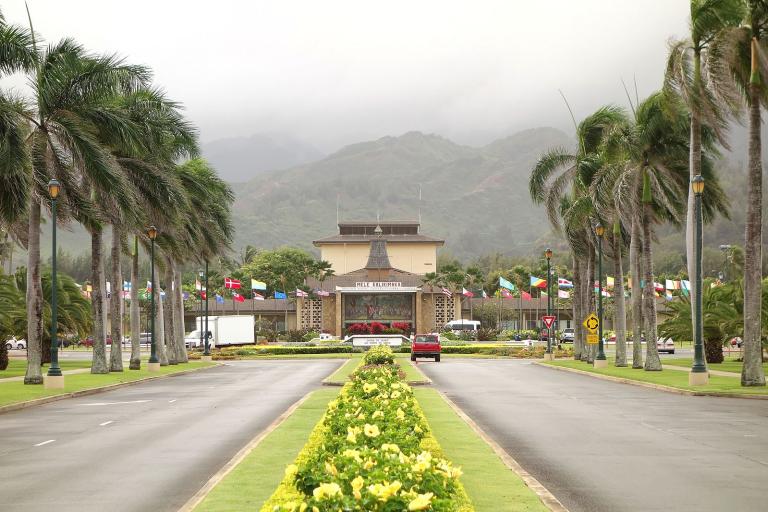
(Wikimedia Commons public domain image)
Monday was our last full day in Hawai’i, and we spent it quite thoroughly immersed in Polynesiana. As I mentioned previously, we spent some considerable time in the Bishop Museum in Honolulu, which is the Hawaiʻi State Museum of Natural and Cultural History. Founded in 1889, it is the largest museum in Hawaiʻi and apparently has the world’s largest collection of Polynesian cultural artifacts and natural history specimens. (I’m not sure how it compares, in that regard, to Te Papa — officially, The Museum of New Zealand Te Papa Tongarewa — in Wellington, New Zealand. Te Papa is Māori for “the treasure box,” and that museum certainly lives up to its title. I think that I’ve been there three times, and it’s always a high point.)
But back to the Bishop Museum in Honolulu: In addition to its comprehensive exhibits of Hawaiian cultural material, the Bishop Museum holds more than 24 million natural history specimens. The entomological collection alone represents more than 13.5 million specimens (which makes it the third-largest insect collection in the United States). In other words, the Bishop Museum is a very impressive place, and some visitors to Hawai’i, if they decide to take a break from the beach, might enjoy it.
However, we didn’t spend much time on the natural history collections there. Instead, we devoted the largest part of our limited time to its exhibits on ancient Polynesian religion and culture, which I found absolutely fascinating — and frustrating. Why frustrating? Because even a full day in that section of the museum alone wouldn’t be enough to fully take it all in, and because I simply don’t have the background knowledge to adequately appreciate what I’m seeing.
This is my problem in all great museums of any size. The British Museum, the Metropolitan Museum of Art, the Louvre, the Staatliche Museen zu Berlin, the Egyptian Museum in Cairo, the Israel Museum — they’re all wonderful, and they’re all overwhelming. Exhilaration and despair.
From the day we arrive on the planetAnd, blinking, step into the sunThere’s more to see than can ever be seenMore to do than can ever be doneThere’s far too much to take in hereMore to find than can ever be foundBut the sun rolling highThrough the sapphire skyKeeps great and small on the endless round
Some atheists of my acquaintance like to argue that endless immortality would eventually grow unendurably dull. Well, since my current mortal grasp of concepts like infinity and eternity and heaven is feeble, at best, I rather doubt their claim. In any case, I think that I’ll wait to confront that problem, to cross that bridge, when I come to it. For the meanwhile, though, I can’t imagine ever growing too tired of life to want at least one more healthy day, to see a place that I’ve never seen before, to hear music that I’ve never heard before, to meet people that I’ve never met before. And if and when all of the nooks and crannies of Earth are exhausted, there will always remain Mars and Neptune and Proxima Centauri and the galaxy of Andromeda. . . . I like the Latin motto featured on the Bond family crest — both historical and fictional: Orbis non sufficit, “The World Is Not Enough.”
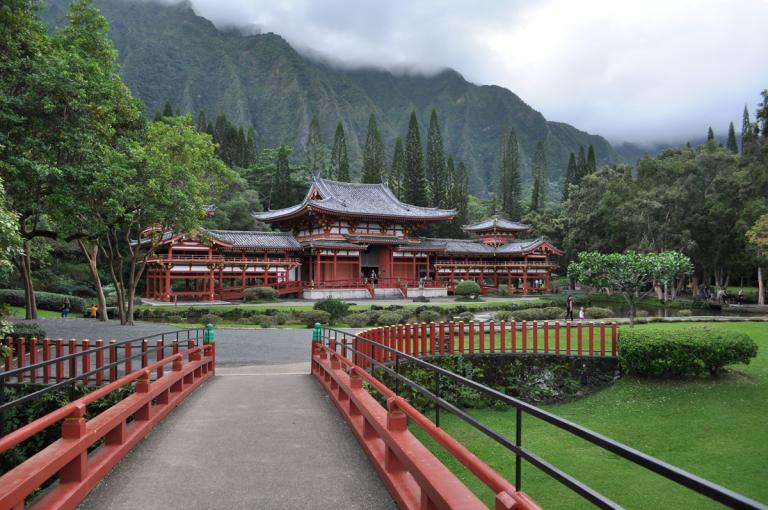
We also spent a fair amount of time on the floor of the Bishop Museum that’s devoted to the ultimately rather sad history of the Kingdom of Hawai’i and the Hawaiian monarchy. I need to learn more about this royal line, whose names still appear throughout the islands. I own and have enjoyed reading a reprint copy of King David Kalākaua’s 1888 book The Legends and Myths of Hawaii — he was the last king of the independent nation, and its penultimate monarch — and have always been interested in his sister and successor, Queen Liliʻuokalani. In fact, a (to me, rather poignant) story about Liliʻuokalani even figures in a column that I wrote for Meridian Magazine back in 2022: “The Surprising Latter-day Saint Connections in Hawaii”
Liliʻuokalani’s overthrow and subsequent house arrest and the abolition of the Hawaiian kingdom, largely at the hands of American businessmen (who were, many of them, the children of the early Protestant missionaries in the Islands), does not, to my mind, rank among the more noble or honorable episodes in the history of the United States.
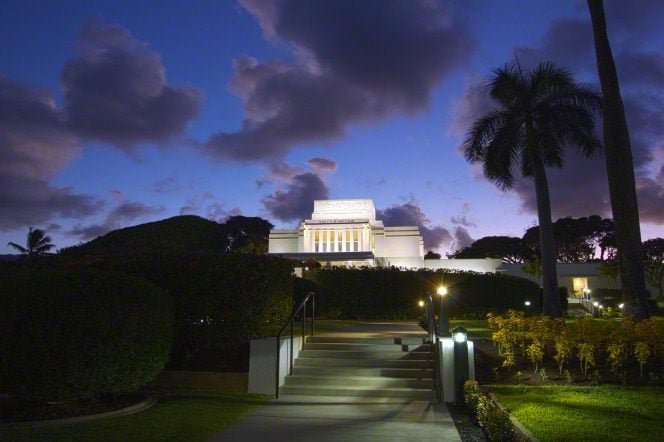
After a visit to the beautiful Byodo-in Temple en route — a brief Japanese Buddhist (that is, non-Polynesian) interregnum — we spent our afternoon and evening at the Polynesian Cultural Center in Lāʻie. We took in several shows in the villages, ran unexpectedly into a family who were visiting from our ward back in Utah, ran unexpectedly into the parents of Neal Rappleye (the in-laws of Jasmin Gimenez Rappleye) who are soon to finish serving a mission in Hawai’i, had dinner with our friends Sharon Gray and Matt Bowen, and attended a performance of the Center’s spectacular nighttime Polynesian show, “HĀ: Breath of Life.” Very enjoyable.
Incidentally, I’ve referred here in a previous post to a new documentary — as yet unreleased — about the Polynesian Cultural Center and the students who work and perform there, particularly in the evening show. The documentary is entitled Sharing Aloha; A Backstage Look at the People Behind Hawaii’s Most Popular Attraction. The filmmakers who created it generously shared a copy of it with me and I was able to watch it before actually going out to Lāʻie. I’m looking forward to its release. The details of that release are not yet quite settled, as I understand matters, but I’ll try to notify people here when the documentary comes out, because I liked it and hope that many will see it. Sharing Aloha will be especially meaningful, of course, to folks who have visited the Polynesian Cultural Center or who are planning to visit it, but I think that others will find it interesting, as well. In the meantime, here is a link to the trailer for it: Sharing Aloha; A Backstage Look at the People Behind Hawaii’s Most Popular Attraction.
Before we left Lāʻie and drove back to Honolulu, we went over to the adjacent campus of Brigham Young University – Hawai‘i and past the Lāʻie Hawai‘i Temple. It was nighttime, of course, but it seemed to me that the temple was at least as beautiful as I’ve ever seen it. I wondered whether the lighting might have been a bit different than before. It looked otherworldly — which, of course, is entirely appropriate.


